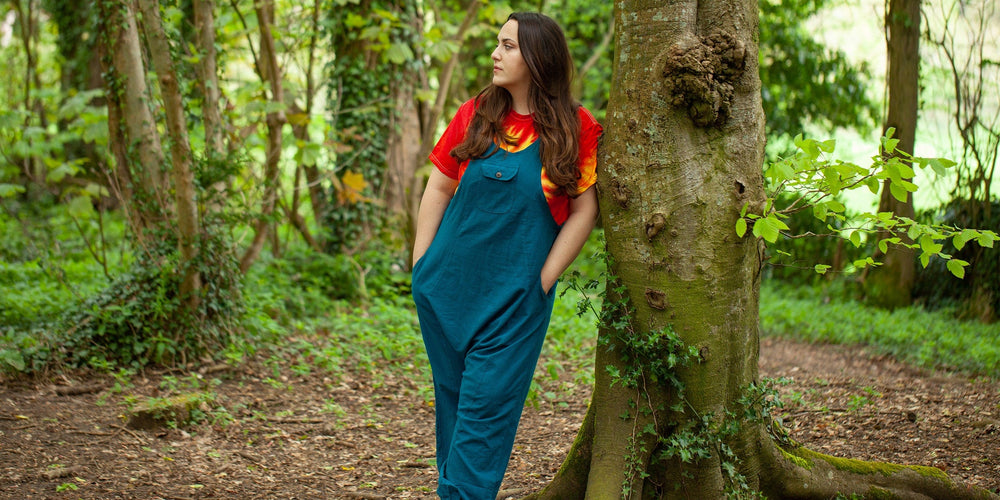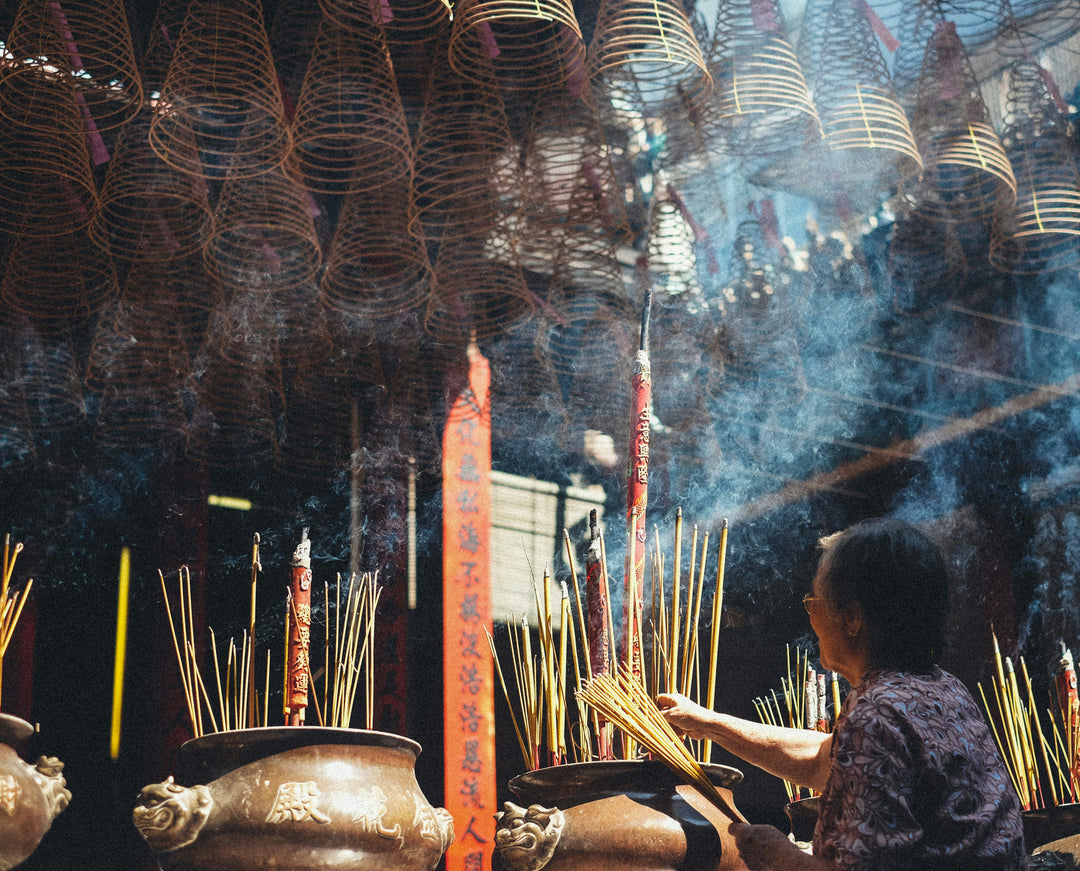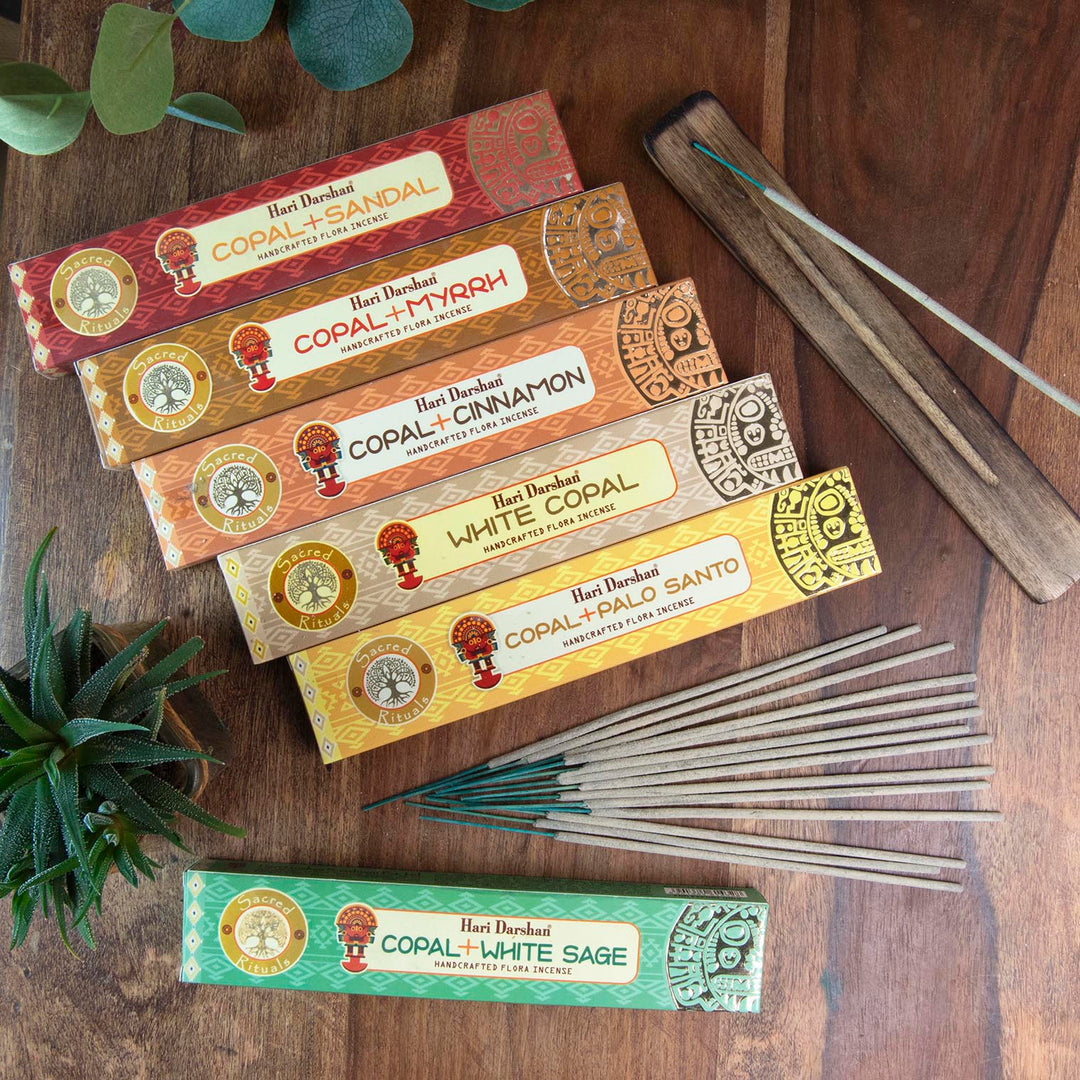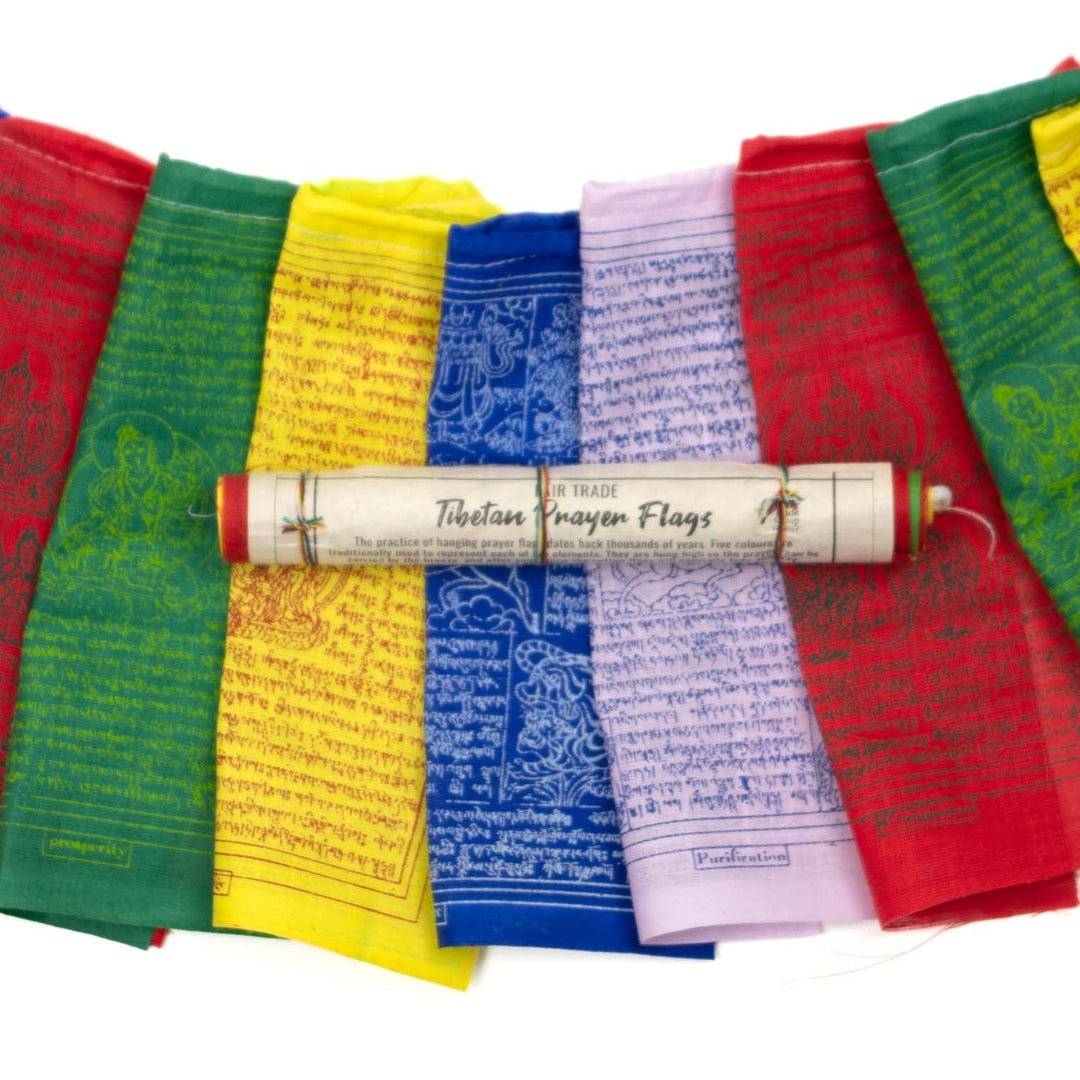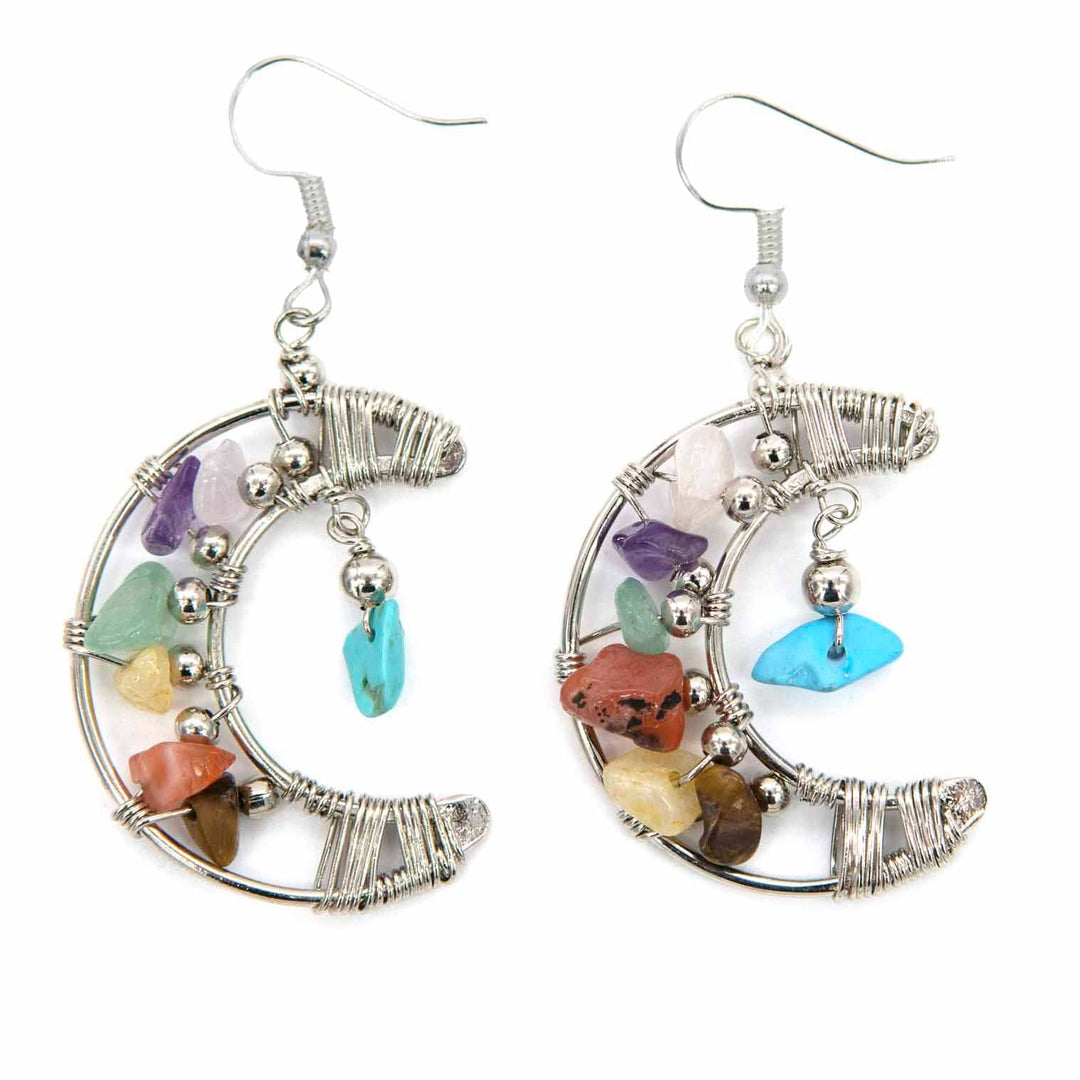Incense: An Olfactory Odyssey
Here at The Hippy Clothing Co we are not just about outlandishly colourful fair trade threads. Sure, we like nothing more than seeing our loyal customers bedecked in the latest looks from South East Asia, India and Nepal, but we also like to spread, with the utmost respect, a little of the culture, traditions and spirituality that these great places have to offer. Because while we may not all be able to spend our holidays backpacking the Himalayan mountain passes, or exploring the temples of Cambodia, we can all bring a little piece of these far-flung worlds into our own homes and, with a little imagination and with a little intention, seek a connection to our friends and forbears from around the world.

Image by Daniel Bi
With this in mind, we offer a range of carefully selected homeware items to brighten your living space and elevate your mood. We’ve got hand-dyed wall hangings from India, Nepalese prayer flags and rosewood mala beads, brass singing bowls, and a veritable orchestra of fair trade musical instruments from Indonesia, Peru, Thailand and Chile. But without a doubt our most popular homeware range has remained, since day one, our selection of hand-rolled incense sticks and dhoop/backflow cones.
This should come as no great surprise as the humble incense stick has been a part of human cultural and religious practice in one form or another for millennia. In fact, archeologists have found evidence of incense burning and the use of aromatic oils dating as far back as the Bronze Age Indus Valley Civilisation (3300 - 1300 BCE). In ancient Egypt incense is believed to have been used both pragmatically, as a kind of precursor to Febreeze, and, on a more spiritual level, as a protection from malevolent spirits and as an offering to the gods.. And in India, the use of incense as a healing tool can be traced all the way back to the ancient Vedic texts, believed to be composed at some time between 1500 and 1200 BCE.
The fact that, to this day, so many of us still enjoy the aroma and calming atmosphere provided by burning incense surely attests to its transformative power as a mood altering sensory experience. Whether it is used as part of a religious ceremony or meditative practice, for medicinal purposes, or simply as a pleasing fragrance for the home, users typically report a range of effects, ranging from improved sleep and relaxation, to improved mental focus, clarity, and enhanced creativity.
In recent years a relatively new field of scientific enquiry, Aromachology, has sought to provide empirical evidence supporting the therapeutic efficacy of certain fragrances, by studying their influence on the limbic system, the area of the brain primarily responsible for the processing and regulation of emotions and memory. Aromachologists have found that, while the way in which we respond to particular smells is for the most part individualistic, predicated on associations and memories often formed in childhood, there does appear to be a scientifically observable link between a few, “behavioral fragrances”, and certain emotional and/or behavioral responses. Jasmine, for example, has been shown to enhance the cognitive ability and problem solving skills of test subjects, while athletes’ physical performance was noticeably improved in rooms scented with peppermint or lemon.
But what’s that I hear you cry,
“Empiricism be damned!”?
“Aromatherapy has been around for millenia and I don’t need some labcoated dweeb to tell me what’s good”???
Well, you may be right…
It’s true that the burning of incense and the application of essential oils has already been codified in a number of different ways throughout history, for example in traditional ayurvedic medicine, in shamanic smudging rituals, and more recently in the hugely popular texts of “New Age” writers like Scott Cunningham.
Nowadays you need only a cursory Google search to find hundreds of sites listing the specific properties and effects of different incense varieties and blends. Lemongrass, for example, is said to improve memory and aid concentration, while white sage eliminates negative energy and dragon’s blood works as a powerful aphrodisiac…apparently.
And who knows, perhaps with the continued development of fields like Aromachology, scientists will come to corroborate the assertions of our “New Age” friends, and catch up with the teachings and wisdom of our ancient ancestors. After all, for this knowledge to have survived for so long, having sprung up, seemingly independently, in so many different locations around the world, passed down from generation to generation, spanning whole eras in human history, numerous civilisations, theologies and cultures, there must be something to it, right?
Well, we’ll let you be the judge of that one!

Image by Denis Oliveira
So where to start?
Well, If you are new to the word of incense, perhaps looking to dip a first tentative toe in the perfumed waters of ancestral knowledge, might I humbly suggest a quick perusal of our bountiful online stores. At hippyclothingco.co.uk we stock a wide variety of different incense sticks and cones, from hand rolled Tibetan Harati Incense to organic Indian dhoop cones; we’ve got White Sage and Palo Santo joss sticks courtesy of Tribal Soul, Bhutanese Agar Wood, Frankincense and Myrrh, as well as all your familiar hippy favourites, like Patchouli, Lavender and Nag Champa, to name but a few.
And what is the difference between an incense stick and a dhoop cone?
Good question! Incense, or “joss” sticks, as they are often referred to, are probably the most prevalent type of direct burning incense on the market these days. They are traditionally made by hand rolling a dough, or “atta”, comprised of powdered wood, oils, and whatever fragrant plant material or resin is used to give the incense its scent, around a thin bamboo core. Due to this clever design, joss sticks tend to burn for longer, offering a steady, continuous distribution of smoke.


Dhoop cones - “Dhoop” literally meaning, “to fumigate or perfume” - are typically made from the same materials as incense sticks, but instead of rolling this around a stick, they are molded into a cone shape, either by hand or by mechanical press. Because of their shape and size, dhoop cones do not typically burn for as long as incense sticks but instead offer a more concentrated hit of fragrance, making them ideal for quickly creating ambience in a room.
Another slight variation is the “backflow” cone. These are essentially the same as a standard dhoop cone except with a hollow center that channels the smoke downward, out of the base of the cone. Backflow cones must be paired with a specific type of backflow burner or holder, and create a rippling, waterfall effect that can be, visually, pretty groovy.

…So that about ends our brief foray into the fascinating world of incense. All that remains is for me to remind you - although I’m sure I don’t have to ;) - to never leave burning incense unattended in the home and always ensure it is enjoyed in a well ventilated space. Safety first., friends!
Mahalo.


